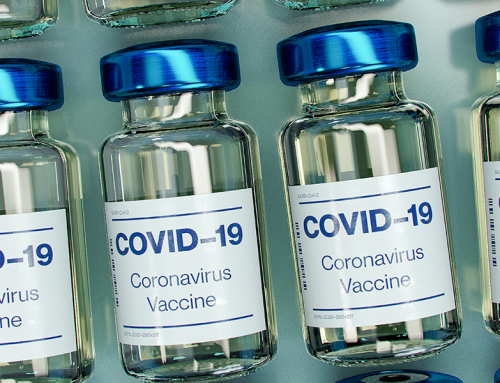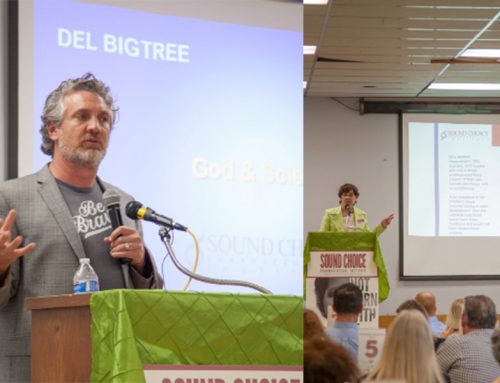Autism is a Post-birth Environmental Triggered Disease
Society has wronged many autism patients for years by assuming autism is a pre-birth disorder, a fault of the babies’ genetics. All along, however, the vulnerability of their genes reacted with an environmental factor. This trigger caused a development that slipped past pediatricians. We [Society] have thereby failed to recognize a silent epidemic sweeping the globe that we have had a hand in making.
The consequences of millions of dollars poured into funding genetic research and drugs that treat individual autism symptoms that the media has crowned as “breakthrough” actually harms instead of helps children. Suppose we focused all lung cancer research on assisting patient breathing, or if we only treated HIV patients for weight gain, or if we only treated heart disease patients for swollen ankles? Not much good comes from focusing too hard on any one symptom. Yet this is what we do to children/patients with autism.
The worldwide autism epidemic is NOT a strict genetic disease
Significant controversies exist regarding the cause of the current worldwide autism epidemic and whether it is a genetic or an environmental disease. Without getting into the detailed scientific analysis of the genetic argument, we will merely point out that genetic diseases cannot rise in the rapid manner that autism has, because genetic diseases are passed on by having children. Few people on the autism spectrum marry or have children, and therefore, the worldwide autism epidemic is clearly not a strict genetic disease. Furthermore, there is no such thing as an “autism gene”. Scientists have identified more than a thousand vulnerable genes (1), but none of these genes have been blamed as one single autism timebomb in the carriers. Even to this day, no gene has emerged that causes autism directly. However, funding for clinicial trials in identifying more genes is increasing and exceeding those that look into the primary environmental trigger. Since 2006, about $850M in federal dollars – your money – have been wasted identifying well over 1,000 genes suspected to be associated with autism (2). Multiple scientific publications and statewide public policy groups have criticized that these researches may not be helpful in either treating people living with the condition or preventing future cases (3). We have been looking in the wrong place. Rather than identifying more genes, we need to add funds to the environmental trigger research. We CANNOT control genetic predisposition. But we CAN control environmental factors.
Autism is a post-birth environmentally triggered disease
In the U.S. and many other countries, autism spectrum disorder prevalence has been increasing over the past three decades. The newest estimate represents a 15% increase in prevalence nationally: to 1 in 59 children (4), from 1 in 68 two years previously. These stats are heavily elevated from those in 2008 where 1 in 88 children were diagnosed. Those in 2002 sourced 1 in 150 children reaching diagnosis. Observing this, we see the numbers of ASD diagnosis doubling per decade. For a disease to become a worldwide epidemic like autism, we know there must be a universal primary environmental trigger that sets this off:
Evidence that autism is a post-birth enviromentally triggered disease for the majority of people comes from a recent clinical trial conducted at Duke University where two thirds of children with autism responded to treatment with their own banked umbilical cord blood (5). Furthermore, in Sound Choice’s published peer-review papers, we have identified three autism changepoints for autism disorder: 1981, 1988 and 19966. Those are the birth years of children who were subsequently diagnosed with autism disorder.
These discreet autism changepoints are evidence that autism has an environmental trigger, and the Duke University clinical trial demonstrates that the environmental trigger occurs after birth. To identify a worldwide environmental trigger, the following criteria must be met (7):
- Absent to lower levels before the changepoint
- Continued increase after a changepoint is demonstrated (dose-effect)
- Biological mechanism consistent with pathology
- It should have almost universal exposure
The only worldwide environmental trigger that can be identified that meets the criteria above is the use of vaccines manufactured using human fetal cells which are heavily contaminated with residual human fetal cellular debris and human fetal DNA fragments (8). These contaminants are known to be potential triggers of autoimmune disease and/or to cause mutations in stem cells. No studies have ever been conducted to determine the actual potential of the human fetal contaminated vaccines to cause autoimmunity or insertional mutagenesis.
Reference
1. Zeliadt, Nicholette. “Is There Such a Thing as an Autism Gene?” The Washington Post, WP Company, 30 June 2017, www.washingtonpost.com/national/health-science/is-there-such-a-thing-as-an-autism-gene/2017/06/30/21f35f00-5ce1-11e7-9fc6-c7ef4bc58d13_story.html?utm_term=.4276631ea40d.
2,3. Pharmaceutical Institute, Sound Choice. “A Year Ahead for Sound Choice Pharmaceutical Institute.” Dec. 2017
4. CDC. Data and Statistics of ASD. 27 April 2018. 3 October 2018. <https://www.cdc.gov/mmwr/volumes/67/ss/ss6706a1.html>
5. Sound Choice Pharmaceutical Institute. 26 October 2017. Facebook . Web Link . 03 October 2018. <http://soundchoice.org/ wp-content/uploads/notbornwithit-2.pdf>.
6. Theresa A. Deisher*, Ngoc V. Doan, Angelica Omaiye, Kumiko Koyama and Sarah Bwabye. “Impact of environmental factors on the prevalence of autistic disorder after 1979.” Journal of Public Health and Epidemiology (2014): 271-286. Journal Article.
7. Michael E. MacDonald, John F. Paul. “Timing of Increased Autistic.” Environ. Sci. Technol (2010): 2112-2118. Document.
8. Peter Jarzyna, Ph.D., Ngoc V. Doan, B.S., Theresa A. Deisher, Ph.D. “Insertional Mutagenesis and Autoimmunity Induced Disease Caused by Human Fetal and Retroviral Residual Toxins in Vaccines.” Issues in Law & Medicine 31.2 (2016): 221-234. Journal Article.



